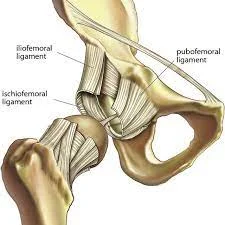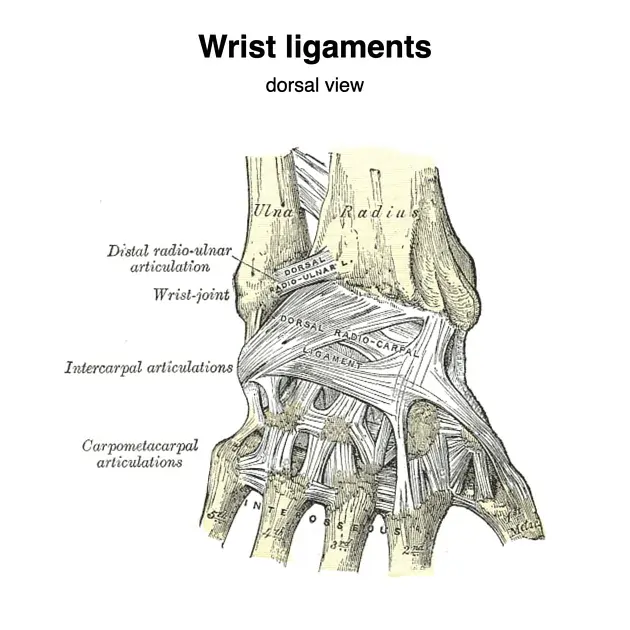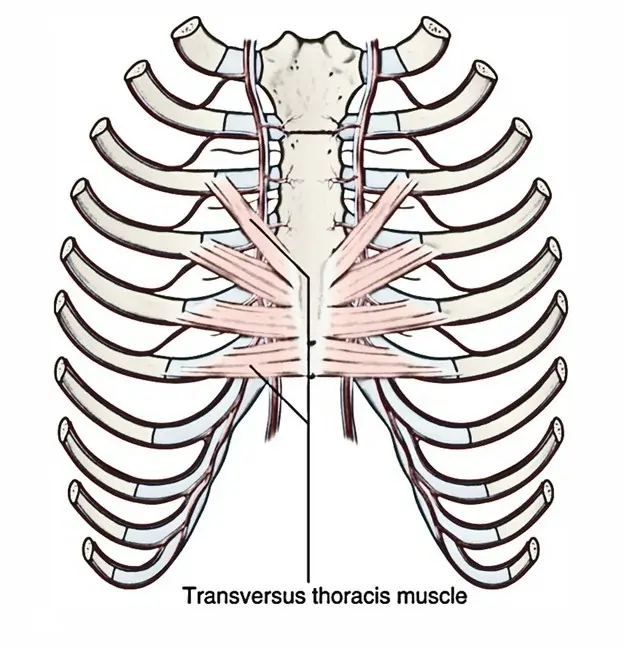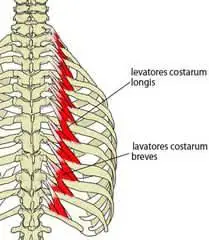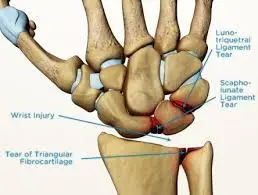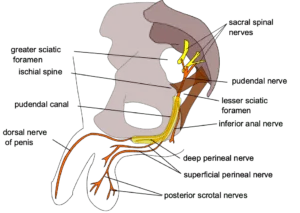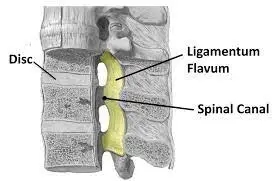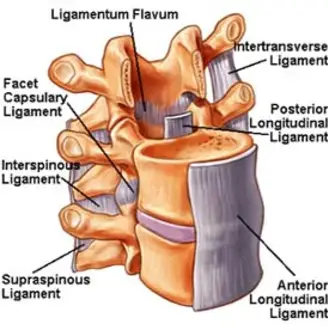Ischiofemoral Ligament
Introduction The ischiofemoral ligament is one of the three main ligaments that stabilize the hip joint. It originates from the ischium (part of the pelvis) and attaches to the femur. This ligament helps limit internal rotation and extension of the hip, contributing to joint stability, especially during movement. It attaches to the base of the…

